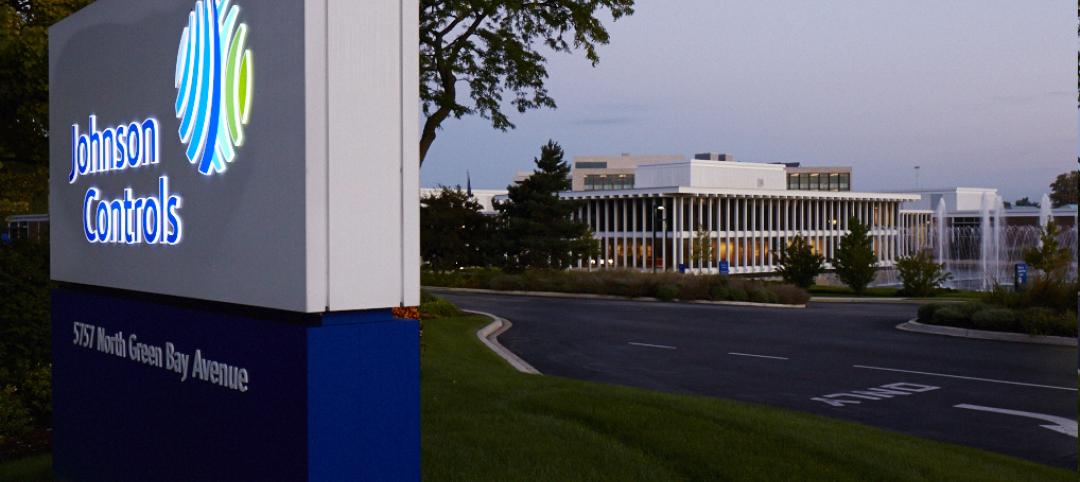Related Stories
Building Materials | Jun 1, 2016
MIT study: Microscopic structure of natural materials can inspire better concrete
Bones and sea sponges are highly organized at the molecular level, while concrete consists of random composites.
Sponsored | Building Materials | May 25, 2016
Materials Manufactured to Move Protect Southwest Energy’s New Office
Codes and Standards | May 20, 2016
Industry leaders call for wider use of bamboo as a building material
Benefits include seismic resiliency and sustainability.
Building Materials | Apr 8, 2016
AIA: Architects release first white paper on materials transparency and risk
It provides the steps architects should be taking to ensure change, promote openness, and increase collaboration between themselves, their suppliers, and their clients.
Market Data | Feb 26, 2016
JLL upbeat about construction through 2016
Its latest report cautions about ongoing cost increases related to finding skilled laborers.
| Jan 28, 2016
AIA CES class: The rainscreen approach to a better building envelope
Building envelope expert Bradley Carmichael of Hoffmann Architects explains how rainscreen wall systems work and evaluates the effectiveness of various rain-control methods, including mass walls, perfect barriers, and masonry veneers. This AIA/CES class is worth 1.0 learning unit.
Building Materials | Jan 25, 2016
Johnson Controls to merge with Tyco International
The $20 billion deal is the latest corporate inversion maneuver.
Concrete | Jan 15, 2016
Fallingwater to Sydney Opera House: Ranking the world’s best concrete buildings
Large and small, some of the most iconic structures of all time were made of the composite building material.
| Jan 14, 2016
How to succeed with EIFS: exterior insulation and finish systems
This AIA CES Discovery course discusses the six elements of an EIFS wall assembly; common EIFS failures and how to prevent them; and EIFS and sustainability.





















